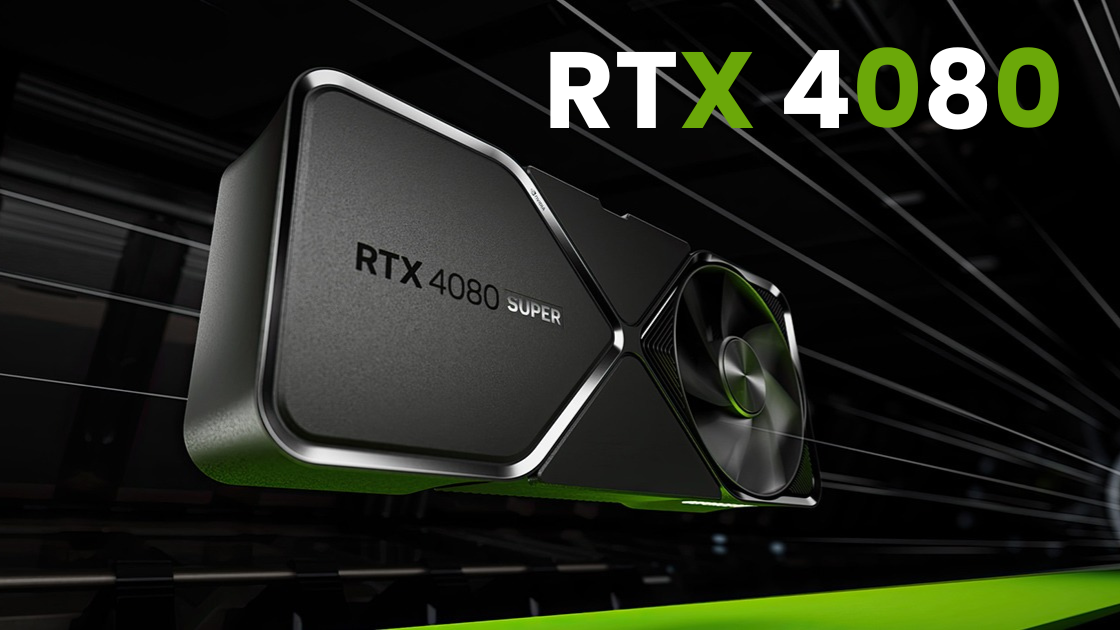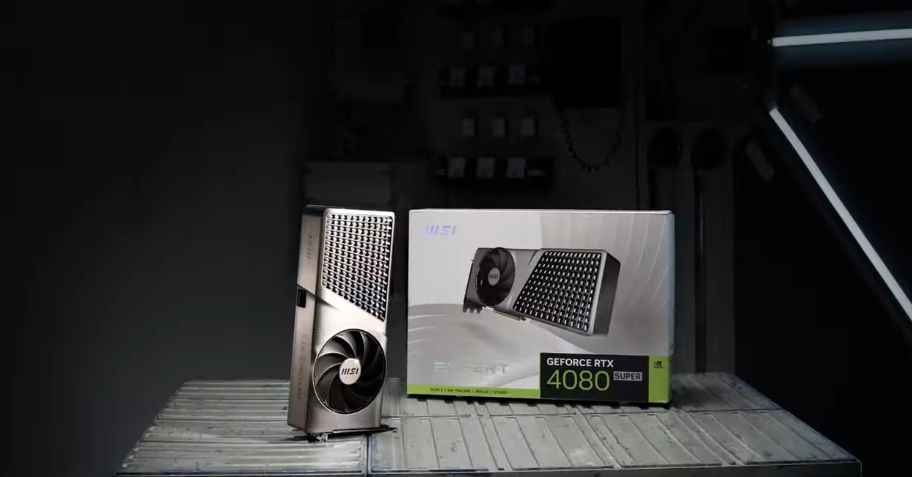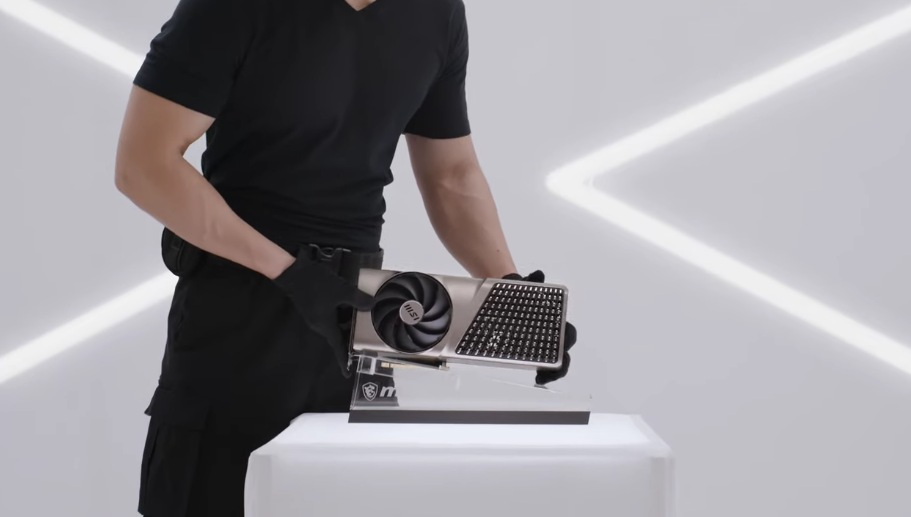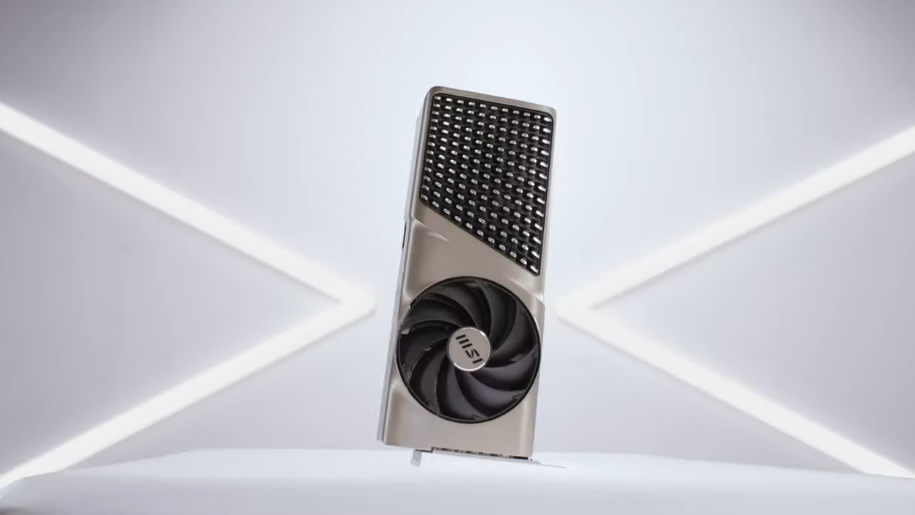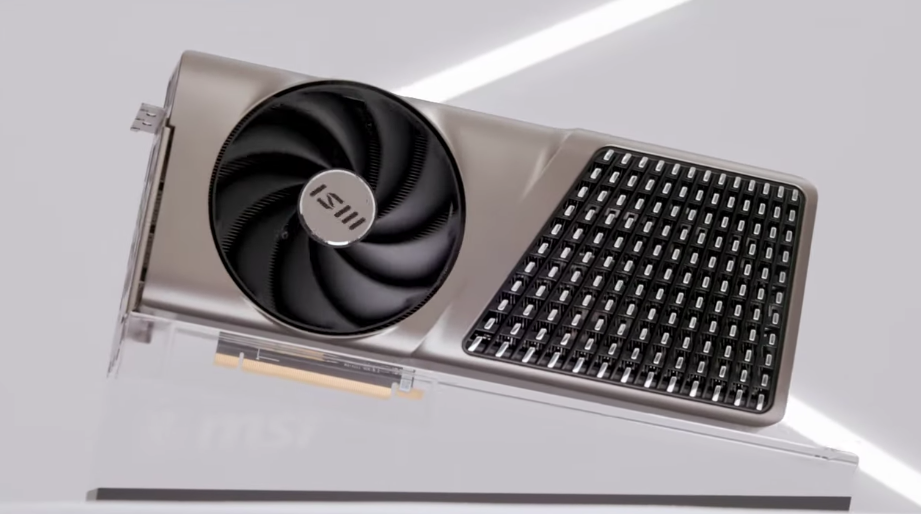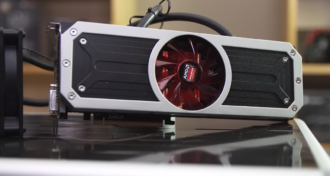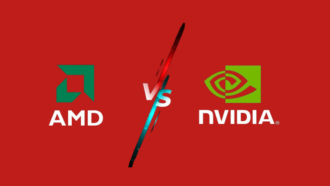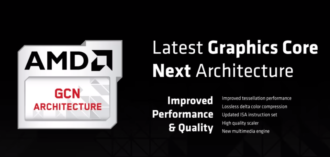RTX 4080: Nvidia’s Next-Gen Beast
- Nvidia recently launched its latest graphics card, the GeForce RTX 4080, based on the new Ada Lovelace architecture.
- Priced at $1,199, the RTX 4080 delivers exceptional performance and cutting-edge features for gaming, creative workloads, and AI applications.
The RTX 40 series represents a significant generational leap over Nvidia’s previous Ampere architecture. Powered by an optimized 4nm manufacturing process and architectural improvements like the enhanced RT Cores and Tensor Cores, these new GPUs push the boundaries of graphics and computing.
The RTX 4090’s 4K performance was surprising, with frame rates I’d previously experienced at 1440p. The RTX 4080 is a direct replacement for the RTX 3080 Ti or RTX 3080, not a 4K beast like the RTX 4090. The performance gap between the RTX 3080 Ti and 3090 was minor, while the 4080 and 4090 had a significantly larger gap. At $1,199, the RTX 4080 is $400 cheaper than the 4090 but can easily beat the 3090. It boosts performance for the hardest games.
Key specifications Of RTX 4080
| Specification | Details |
| Architecture | Ada Lovelace |
| Process Technology | TSMC 4N |
| GPU Die Size | 378.6 mm2 |
| Transistors | 45.9 billion |
| CUDA Cores | 9728 |
| RT Cores | 76 |
| Tensor Cores | 304 |
| Boost Clock | 2505 MHz |
| Memory | 16GB GDDR6X |
| Memory Speed | 22.4 Gbps |
| Memory Bus Width | 256-bit |
| Bandwidth | 717 GB/s |
| TDP | 320W |
What is In The Box?
- The package will contain the RTX 4080, the main component.
- Graphics card manufacturers frequently publish user manuals or setup instructions to help users install and configure the device.
- Newer cards frequently include instructions to get the newest drivers from the manufacturer’s website, however, some bundles include a CD.
- The box may contain power adapters to connect the graphics card to your power source, depending on its power needs.
- Some graphics cards include brackets, screws, and other installation tools.
- Some manufacturers add brand stickers or other promotional goods in the package.
Performance and Processing Power
With 9728 CUDA cores and 48.7 TFLOPS of shader performance, the 4080 promises to be a 4K gaming beast. Early benchmarks show it edging out the previous generation flagship RTX 3090 Ti by up to 70 percent. It can comfortably handle the latest AAA games with maxed-out settings and ray tracing enabled, making the most of high refresh rate monitors. The 4080 also delivers massive gains in creative workloads like 3D rendering and video editing thanks to the upgraded processing cores. For professional AI applications, the INT8 INT performance hits 780 TFLOPS – 3x higher than Nvidia’s A100 data center GPU. This unlocks rapid neural network training and inference, perfect for developers.
Cooling and Thermal Design
The RTX 4080 sports a dual-fan cooling system with a large heatsink and vapor chamber to keep thermals in check. It has a 320W TDP, 90W lower than the beefy 4090, so heat output is more manageable. Nvidia has also tweaked its thermal API to allow the fans to ramp up sooner and keep the GPU cooler. So you can expect low noise levels during light workloads but aggressive cooling when gaming or running demanding applications.
Connectivity and Ports
The card offers a triple slot bracket configuration for display outputs with one HDMI 2.1 port and three DisplayPort 1.4a connectors capable of driving 8K displays. It also gets the new 16-pin power connector which can deliver up to 600W of power safely. Other highlights include AV1 encode/decode support and dual-encoder engines for simultaneous game streaming and recording.
Pros and Cons of RTX 4080
| Pros | Cons |
| Second-fastest GPU currently | High price without halo 4090 performance |
| Much improved efficiency | Needs DLSS 3 to shine in gaming |
| Excellent ray tracing | |
| Packs Ada Lovelace architecture enhancements |
Should I Buy the RTX 4080?
The RTX 4080 delivers a massive generational upgrade over the previous 30-series GPUs. It’s an absolute beast for ray tracing and next-gen gaming effects. Creative professionals can also benefit from the upgraded media engine and AI performance. However, the $1,199 price tag is hard to justify. At just 33% cheaper than the 4090, it’s hard to recommend the 4080 for pure gamers focused on the best performance.
If you can wait, AMD’s upcoming RX 7900 XTX graphics card promises double the performance of the RTX 3090 Ti at $999. It could force Nvidia to adjust pricing to remain competitive. For creators and developers needing pro-grade graphics with tensor core AI acceleration, the RTX 4080 makes a compelling case. But buyers focused on gaming frame rates may want to explore cheaper alternatives or wait for the next-gen GPU price war to heat up.
FAQs
How much better is the RTX 4080 compared to the RTX 3080?
The 4080 is up to 70% faster than Nvidia’s previous generation flagship RTX 3090 Ti GPU. It leaves the 3080 far behind with well over 2x the gaming performance.
Can the RTX 4080 run games at 4K 120fps?
Yes. The 4080 is fast enough to deliver fluid 4K gaming at max settings in most AAA single-player titles. With DLSS 3 enabled, it can even hit 120 fps in demanding games like Cyberpunk 2077.
Does the RTX 4080 support ray tracing and DLSS 3?
Absolutely. All of Nvidia’s 3rd generation RT and 4th generation tensor cores are enabled on the card, ready to power ray-traced effects and high-FPS DLSS rendering in games.
What type of power supply do I need for the RTX 4080?
Nvidia recommends a minimum 850W PSU for an RTX 4080 graphics card, with a 16-pin PCIe Gen 5 connector. A high-quality 1000W+ unit is ideal to deliver stable power with overhead for overclocking.
Should I buy the RTX 4080 or wait for AMD’s RX 7900 XTX?
The RX 7900 XTX promises to beat the 4080 in raw gaming performance at $999. If you mainly play games and want the best value, waiting for reviews of AMD’s card makes sense. However, Nvidia still leads in ray tracing and AI-powered graphics.

